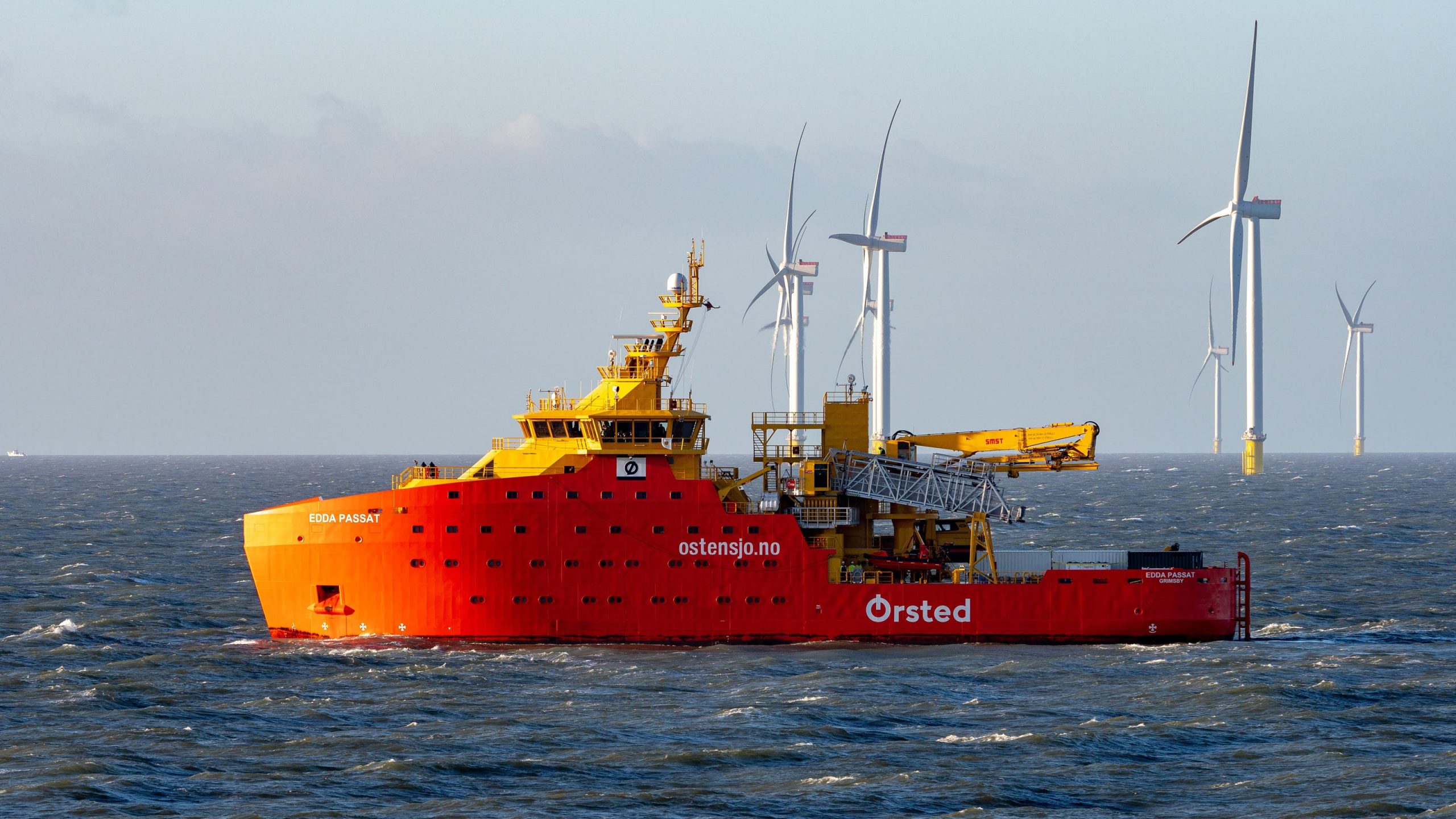
Image: Ørsted
Ørsted, the global leader in renewable energy, recently decided to abandon its Ocean Wind 1 offshore wind farm project in the US. This decision has sent shockwaves through the industry, with the main culprit being identified as supply chain bottlenecks, specifically a shortage of vessels. The repercussions of this move extend beyond Ocean Wind 1, affecting other prominent projects like Revolution Wind and Sunrise Wind in the US, as well as Changhua 1 and 2a in Taiwan.
The announcement of Ørsted’s decision to halt the development of Ocean Wind 1 and Ocean Wind 2 projects in New Jersey on October 31 has garnered significant attention. Ocean Wind 1 had entered the construction phase earlier this year after receiving federal approval. The company cites additional supplier delays exacerbating the project schedule, attributing a significant part of the issue to the scarcity of vessels. This revelation is outlined in Ørsted’s financial report for the nine months of 2023, published on November 1.
The impact is not confined to the now-suspended Ocean Wind projects. Revolution Wind and Sunrise Wind projects in the US, along with the Changhua 1 and 2a offshore wind farm in Taiwan, are experiencing delays in construction due to the same vessel shortages. Ørsted expresses concern about the lingering risks associated with suppliers’ ability to fulfill commitments and adhere to contracted schedules, pointing to a global shortage of vessels as a pivotal factor.
In response to these challenges, Ørsted is adjusting its strategy, assuming a new installation approach with an extended timeline for Revolution Wind and Sunrise Wind. The company highlights the uncertainties surrounding the Sunrise Wind offshore wind project, indicating that it is not entirely immune to the challenges faced by its counterparts.
Despite the setbacks, Ørsted emphasizes the forward-looking value creation of the 704 MW Revolution Wind project. The company made the final investment decision (FID) for Revolution Wind around the same time as the decision to discontinue Ocean Wind projects. Ørsted acknowledges an impairment of DKK 3.3 billion in its Q3 results but asserts that Revolution Wind holds an attractive forward-looking value creation, with a spread to the Weighted Average Cost of Capital (WACC) above the guided range.
The Bureau of Ocean Energy Management (BOEM) has already issued a Record of Decision (ROD) approving Revolution Wind’s construction and operation plan in August. The final approval is anticipated later this month. Onshore construction has commenced, and offshore construction is slated to begin in 2024, with the project’s completion expected in 2025.
As Ørsted navigates these challenges, the offshore wind industry as a whole will be closely watching how the company adapts its strategies and overcomes the hurdles posed by vessel shortages, recognizing the broader implications for the renewable energy sector.

